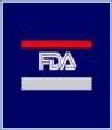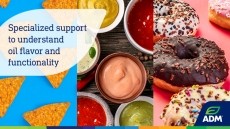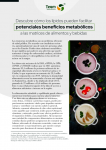AMA urges more accurate trans fat labeling
Under current FDA rules, nutrition labels can list saturated and trans fats as zero, as long as the product contains less than 0.5g per serving. But the AMA claims that this is misleading consumers, as people could be consuming more than they realize, getting up to a quarter of their recommended maximum daily intake of trans fat in just one serving. The FDA also allows food manufacturers to promote foods as “trans fat free” or “zero trans fat” on-pack if they are under the 0.5g threshold per serving.
AMA board member Edward Langston said: “Reducing or eliminating the consumption of trans fats leads to good overall health and a lower risk for heart disease, but it's difficult to make dietary changes if food labels are unclear. To help facilitate clear, concise, and uniform labeling, the AMA urges the FDA to use more precise processes to measure the fat content in foods and include the most accurate nutritional information on food labels."
Trans fat is considered to be the most harmful form of fat because it raises levels of LDL (low-density lipoprotein, or so-called ‘bad’) cholesterol, while lowering levels of HDL (high-density lipoprotein, or ‘good’) cholesterol. Saturated fat, on the other hand – although it raises ‘bad’ cholesterol – has also been shown to raise slightly ‘good’ cholesterol.
Trans fat bans are currently in place in areas of the United States that encompass about 20 percent of the population, including the State of California, New York City, and Philadelphia.
Artificial trans fat is most common in baked and fried foods, in which it can count for up to 45 percent of total fat content.
The trans fat bans that have been instigated refer to these artificial trans fats, but it also occurs naturally. It makes up two to five percent of total fat content in dairy products and beef, for example.
Trans fats in the form of partially hydrogenated oils are cheaper to produce than healthier oils like sunflower or olive oil, and are well suited to use in the food industry as they have a high melting point and extend product shelf life.
The AMA also said it would support policies that would make healthier foods more affordable and unhealthy foods more expensive.
"When the price difference between healthy and unhealthy foods puts healthy options out of reach, it's clear that something must be done to close the price gap and make healthy food options available to everyone," Langston said.



















